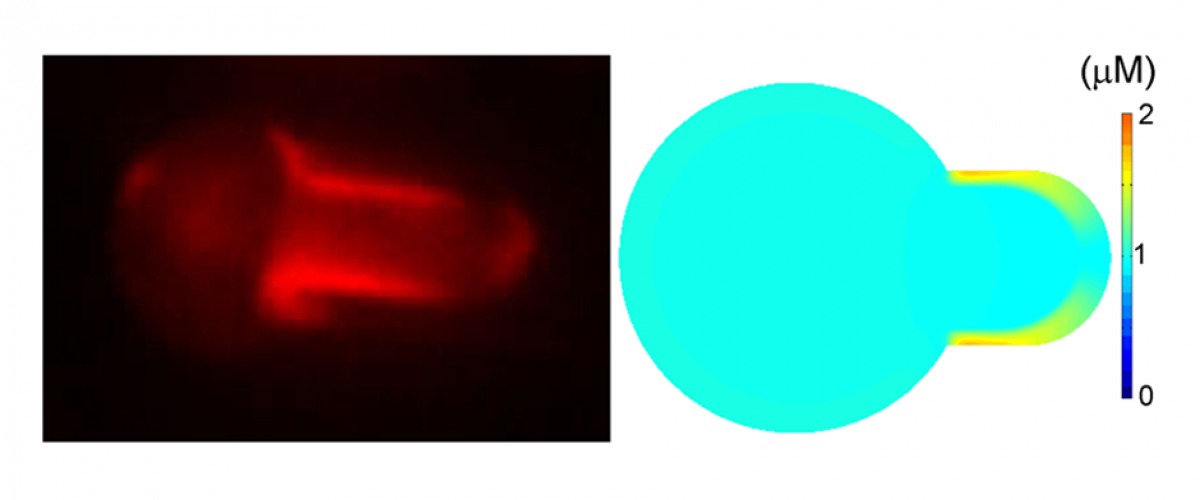
Among the earliest inputs that cells experienced, mechanical stress (forces) guide and direct behavior of cells, including when they are part of tissues, organs, and organ systems. These mechanical stresses are propagated through the cell’s skin (the cell cortex), which is a composite material of membrane and cytoskeleton. Key molecular machinery senses the forces, and through mechanotransduction, the mechanical signals may be converted into biochemical signals, which guide cell behavior. Different proteins sense and respond to different types of deformation. For example, myosin II and alpha-actinin respond to dilation deformation while filamin responds to shear deformation. For more information, please see Effler et al. Curr. Biol. 2006, Ren et al. Curr. Biol. 2009, Luo et al. Biophys. J. 2012, Luo et al. Nat. Mater. 2013, Schiffhauer et al. Curr. Biol. 2016, Schiffhauer and Robinson, Biophys. J. 2017, Thomas and Robinson Sem. Cell Dev. Biol. 2017, and Schiffhauer et al. J. Cell Biol. 2019.